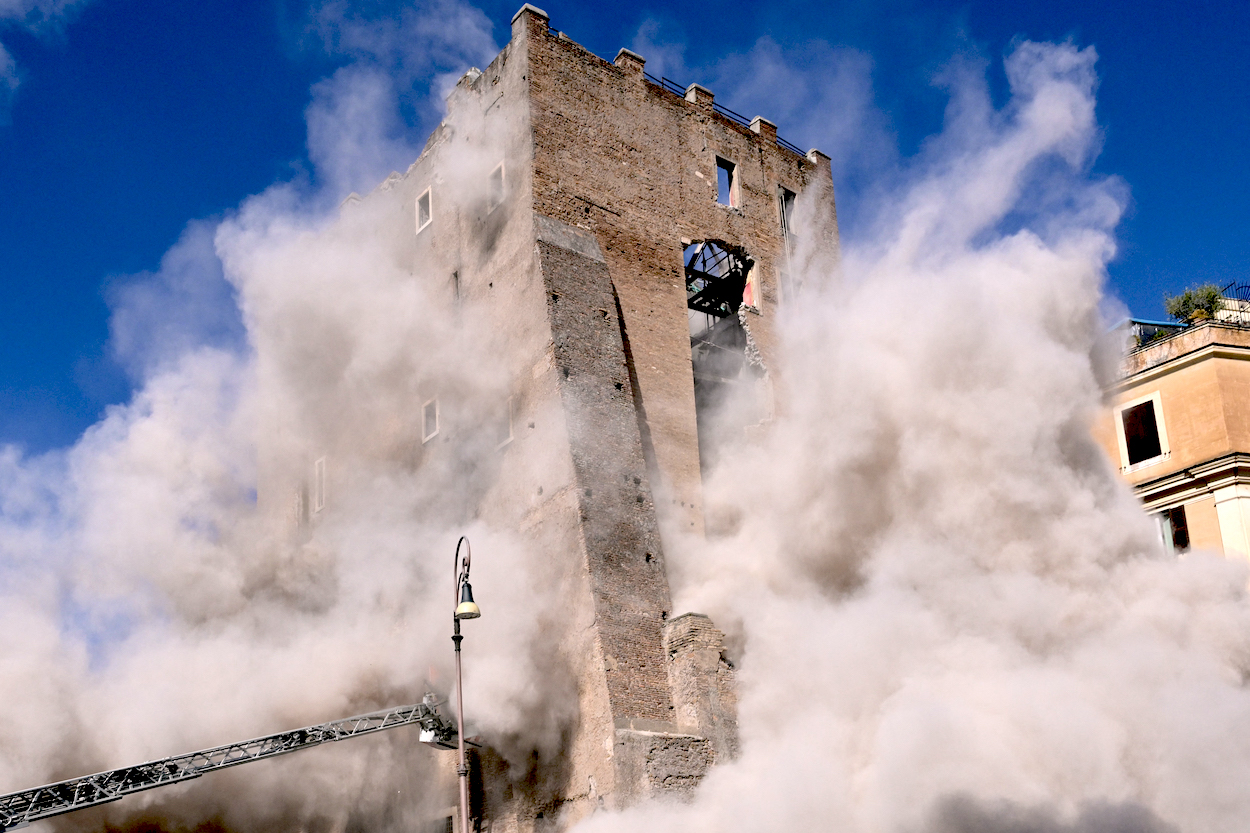
Introduction
The Chindits, officially known as the 77th Indian Infantry Brigade, played a significant role in the Second World War, particularly in the campaign in Burma during 1944. Their daring operations against Japanese forces demonstrated the effectiveness of unconventional warfare and have influenced military tactics since. Understanding their contribution is essential for recognising the complexities of the Allied strategies in Southeast Asia as well as the sacrifices made by these brave soldiers.
Formation and Strategy
The Chindits were formed in 1943 by Colonel Orde Wingate, who advocated for long-range penetration and guerilla warfare behind enemy lines. The name ‘Chindit’ is derived from a mythical creature from Burmese folklore, symbolising strength and resilience. The brigade consisted of British, Indian, and African soldiers, who were trained to operate in the challenging terrain of the Burmese jungles.
Missions and Operations
Two major operations marked the Chindits’ involvement in the war: Operation Longcloth in 1943 and Operation Thursday in 1944. In Operation Longcloth, nearly 3,000 troops were sent deep into Japanese-held territory to disrupt supply lines and communications. While the operation was bold and impactful, it faced severe challenges, including harsh weather conditions and enemy engagement. Despite significant losses, they successfully inflicted damage on Japanese operations.
> In 1944, Operation Thursday saw the use of air supply drops, aiming to bolster their strength and allow for more extensive operations. This tactic demonstrated logistical advancements in warfare and enabled the Chindits to operate more effectively behind enemy lines.
Legacy and Relevance
The Chindits went on to become iconic figures in British military history, representing innovation and courage in the face of overwhelming odds. Their contributions to the war did not go unnoticed; however, over time, they became overshadowed by other military narratives. Currently, as WWII anniversaries and remembrances are being held, there is a growing interest in their stories, which serve as reminders of the diverse experiences within the conflict and the heroism of those who served.
Conclusion
Understanding the legacy of the Chindits allows for a richer comprehension of World War II’s multifaceted history. Their innovative strategies and bravery paved the way for modern guerilla warfare and showcased the importance of adaptability in military tactics. As historians and military enthusiasts continue to explore these narratives, the Chindits emerge not only as symbols of resilience but also as vital players in shaping the outcome of the war in Burma, reminding us of the countless unsung heroes of history.
You may also like

Tragic Collapse of Medieval Tower in Rome

The Role of the Shogun in Japanese History
